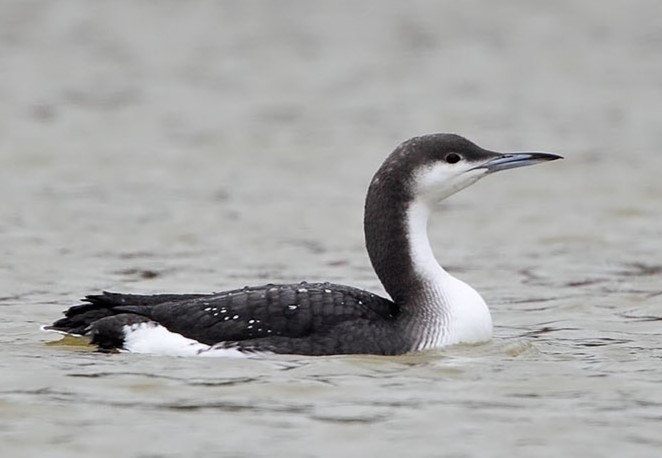Gavia arctica
Divers nest in the north of the Palaearctic zone, from northern Scotland to eastern Siberia. The black-throated diver (or arctic loon) is distributed further south than the other diver species, as far as Fennoscandinavia and Central Asia. During the breeding season, these water birds fish in the calm waters of lakes, either on the surface or by diving. In winter, the divers frequent coastal waters, particularly in the bays of Brittany and the northern Bay of Biscay. The French coastline is home to several hundreds of divers every year, either overwintering or on their way to southern Europe. Divers are regularly the victims of accidental entanglement in driftnets and pollution, for example by oil spills. Several studies have shown that divers can be greatly displaced by the installation of offshore wind turbines, which can restrict their distribution and reduce access to areas that are favourable for feeding.
The loons are captured at sea from a boat on their wintering grounds and fitted with OT20-D GPS devices weighing around 22g which include a pressure sensor to record the duration and depth of dives as well as their geographical positions and flight altitude. This data will provide a better understanding of the distribution and feeding areas of loons on our coasts in winter, as well as their migratory movements at sea.

